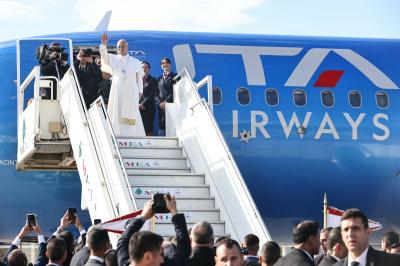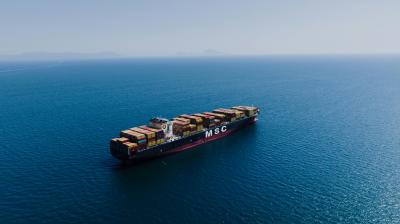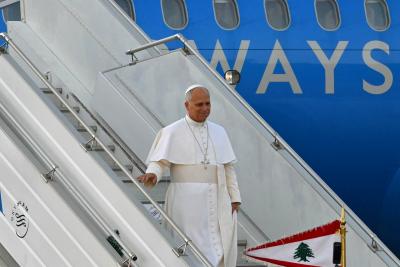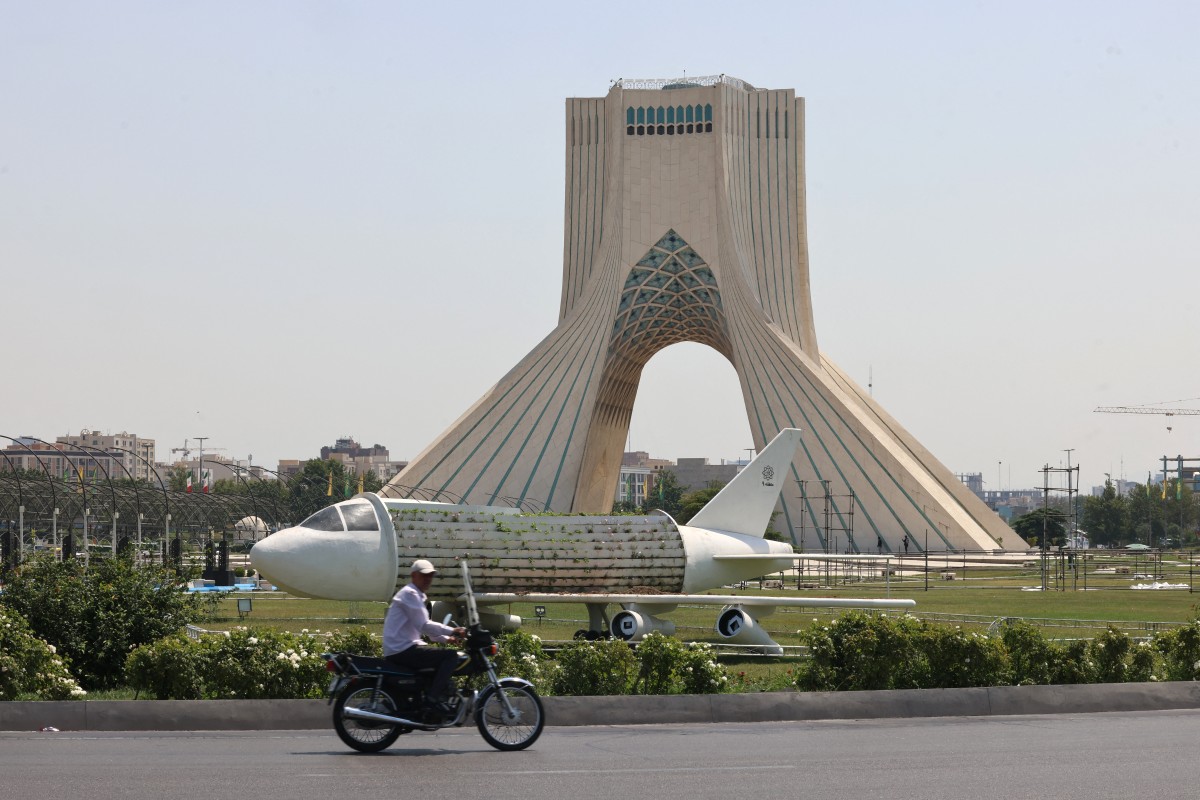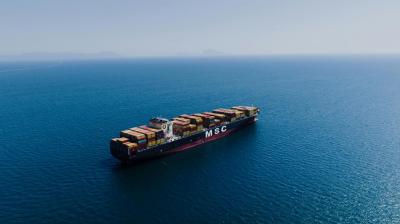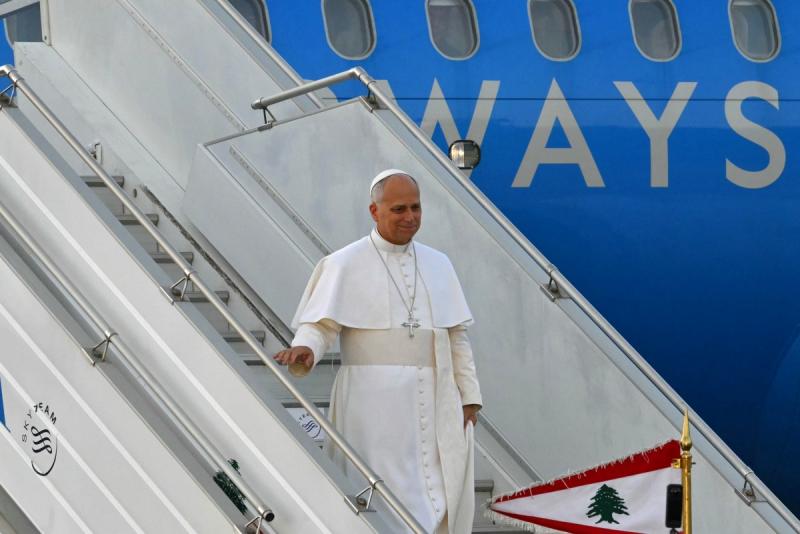Since the 1979 Islamic Revolution, Iran—eager to position itself as the leader of the Islamic world—has adopted a hardline, anti-Israel stance rooted in a two-pronged strategy: externally, by supporting political and military factions in Arab countries that oppose Israel, and internally, by building its military capabilities toward achieving self-sufficiency.
Despite its hostility, Iran’s confrontation with Israel rarely took the form of a direct warfare. Instead, it played out through proxy conflicts—until Hamas launched its October 7, 2023, attack on Israel, triggering a devastating war in Gaza. That event reshaped the regional geopolitical landscape and widened the crisis, eventually leading to direct missile attacks on Israel from both Iran and the Houthis.
Strategic Drivers
The Iranian-Israeli conflict is deeply entrenched and complex. Several key strategic factors have contributed to making Iran the top enemy of both Israel and the United States. On top of the list:
1. Iran’s nuclear program: Israel sees Tehran’s nuclear ambitions as a direct threat to its existence. Over the years, it has lobbied successive U.S. administrations to prevent Iran from acquiring nuclear weapons, particularly given Iran’s uranium enrichment activities, which the International Atomic Energy Agency (IAEA) has deemed dangerously close to weapons-grade levels. According to both American and Israeli officials, Iran may now be closer than ever to developing a nuclear bomb.
2. Iran’s ballistic missile capabilities: Domestically produced, these missiles have demonstrated the ability to reach Israeli territory. They can be equipped with weapons of mass destruction and cause significant strategic damage across the region.
3. Iran’s regional influence: Through its political and military foothold in four Arab countries as well as Gaza, Iran has effectively surrounded Israel. This has prompted Israel to build stronger ties with Arab states, particularly after Houthi missile attacks—using Iranian-made weapons—targeted neighboring Arab nations.
In response, Israel began undermining Iran’s influence by targeting armed groups and their leaders, even within Iran’s borders. It eventually escalated to direct attacks on Iranian nuclear and military sites, including ballistic missile facilities.
The Emerging Geo-Economic Order
The entire Middle East now falls under the geopolitical orbit of the United States, which has been advancing an economic vision for the region. This vision began taking shape through historic bilateral agreements with Saudi Arabia, the UAE, and Qatar. The core of this strategy is economic integration between regional countries—including Israel—while ensuring the protection of American interests and curbing the influence of rivals like China (economic), Russia (military), and even Europe (its aging ally).
Crucially, this vision preserves U.S. dominance as a guarantor of stability in the world’s primary oil-producing region. The strategic value of oil remains essential to the global economy, particularly the American one.
This framework includes ambitious infrastructure and investment projects:
- A regional railway network to transport goods across countries and serve as a key link in the India-to-Europe transit corridor.
- Joint investment ventures, especially in technology, energy, and transportation.
- Revival of the long-discussed oil pipeline connecting eastern and western Saudi Arabia, allowing crude to bypass the Strait of Hormuz—a traditional chokepoint subject to Iranian control.
- A gas pipeline linking Qatar to Europe via Syria and Turkey.
Given these strategic stakes, the United States is unlikely to allow Iran, either directly or through its proxy groups, to derail its regional vision.
Where Does Lebanon Stand?
Unfortunately, Lebanon has been excluded from this American regional roadmap. Israel has essentially taken over Lebanon’s historical role as a commercial gateway to the Gulf, particularly through the India-Europe trade corridor. Meanwhile, Syria is poised to eclipse Lebanon as the primary conduit for Arab oil exports to the eastern Mediterranean via anticipated projects linking Gulf oil and gas centers to the Syrian coast.
At the same time, Lebanon continues to be mired in political and financial crises, unable to meet international demands that might help it reclaim even part of its historical economic standing. Successive governments have even failed to reconstruct the Beirut port—a step that could have drastically altered Lebanon’s current economic relevance.
And What About Iran?
It’s no secret that Iran has been under U.S. and international sanctions since the late 1970s, following the Islamic Revolution. These sanctions have crippled economic and development projects, deprived the population of essential goods and services, and prevented Iranian society from attaining modern levels of prosperity. From this perspective, it’s clear the international community is not interested in preserving the current Iranian regime, and Israel’s current military campaign may be laying the groundwork to weaken or even topple it.
Both Western nations and China have drawn up plans for Iran’s future, primarily focused on energy, raw materials, and telecommunications, but these will not move forward as long as the current regime remains in power or continues to resist international demands.
In short, the geo-economic reality of the Middle East is shifting rapidly. Iran and its allies are increasingly isolated, while projects that promise connectivity, energy flow, and economic integration are redefining the regional order, largely without them.
Please post your comments on:
comment@alsafanews.com
 Politics
Politics
